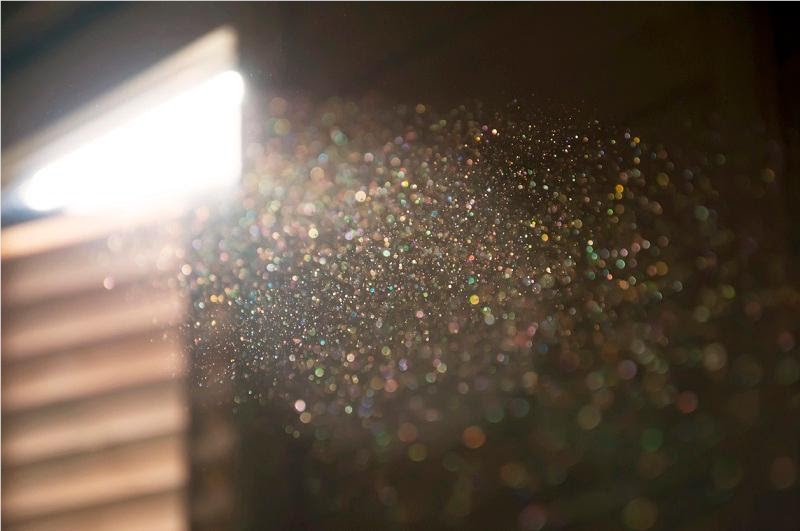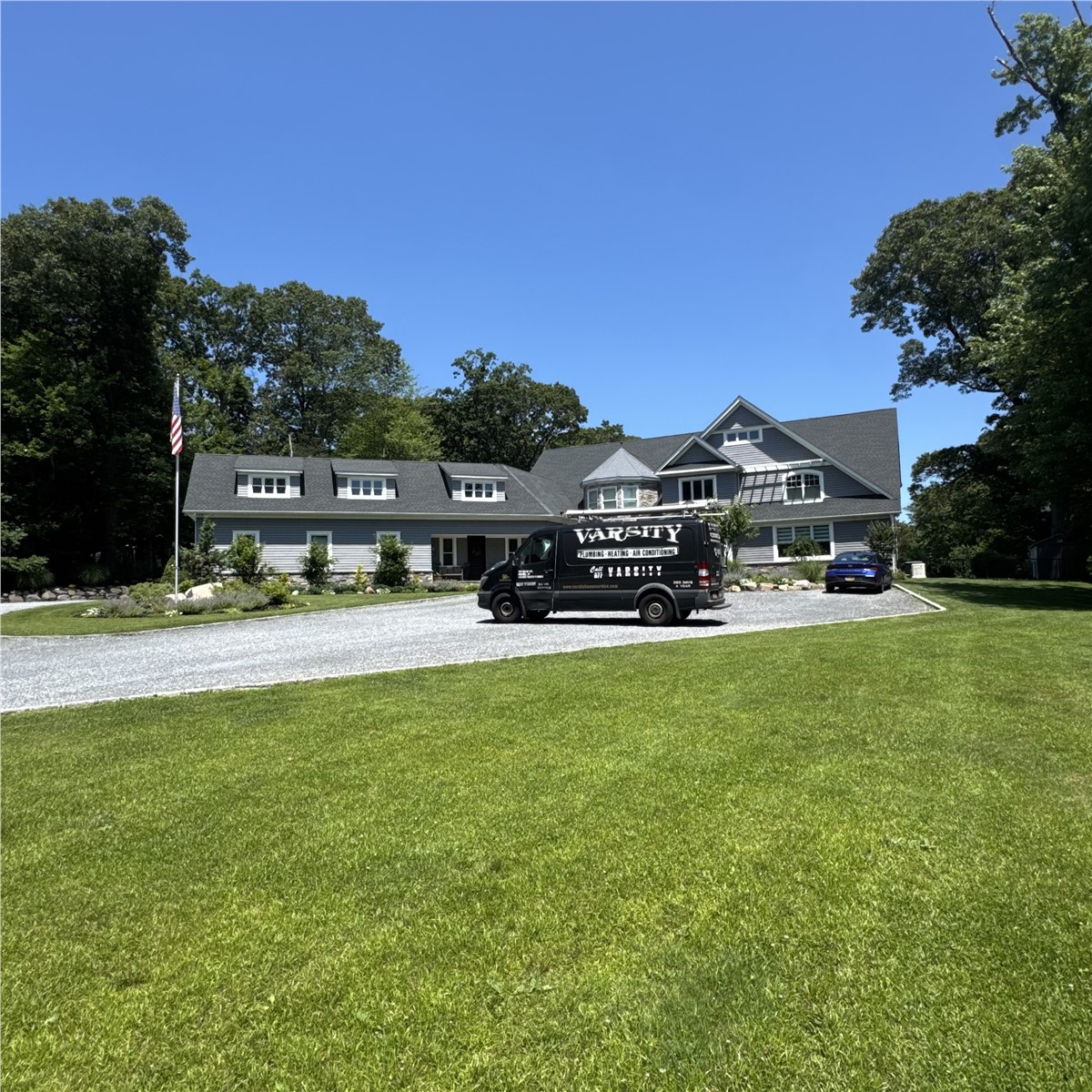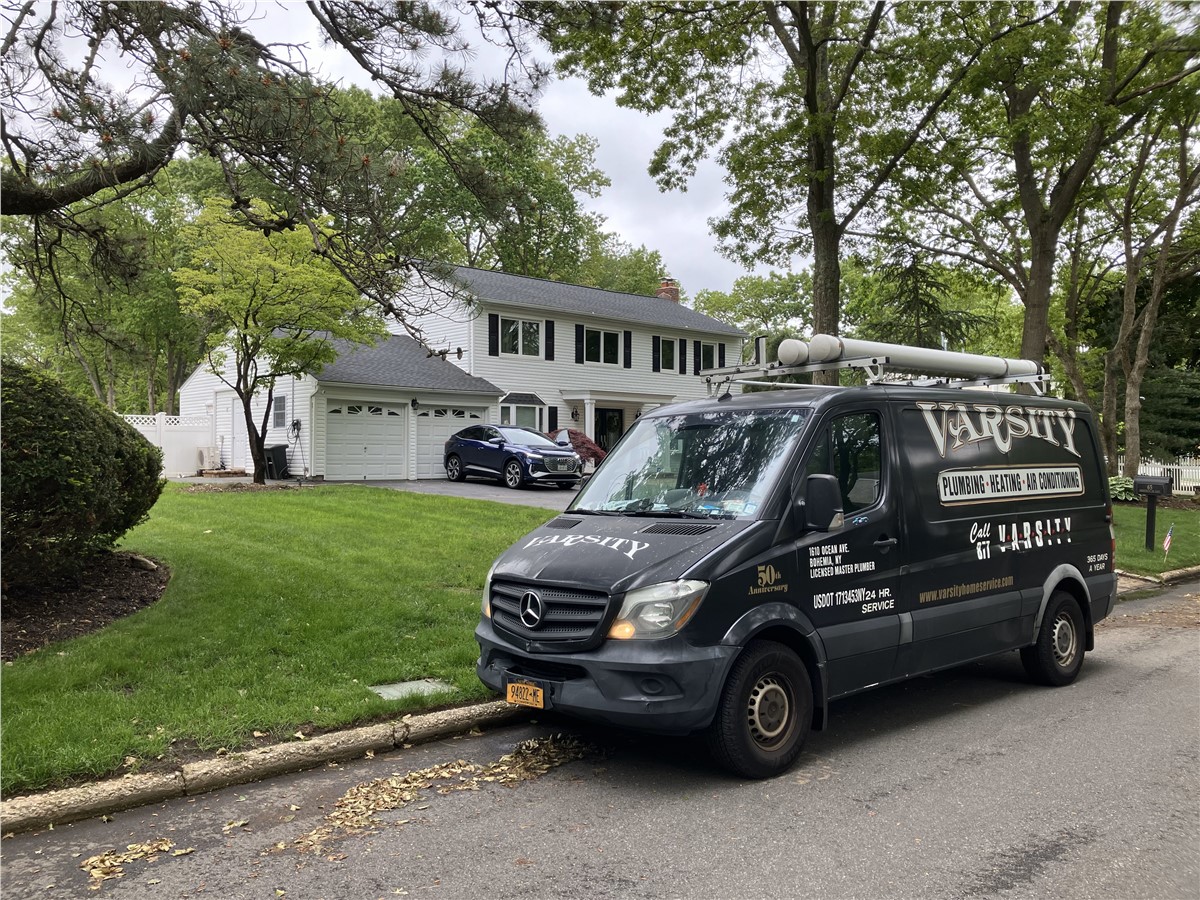
Air purifiers come in a variety of shapes, sizes and most importantly, technologies! Different types of air purifiers actually target different types of contaminants, so it’s important to know these differences when you’re deciding which type of air cleaner may be the best fit for your home.
Your Indoor Air Quality Priorities
When considering the type of air purifier that’s right for you, the first step is to set your indoor air quality priorities. In other words, what are you hoping an air cleaner will do for your home?
Some of the top indoor air quality priorities we hear from local homeowners include:
- Protection from Harmful Airborne Contaminants
- Allergy Symptom Management
- Defense Against Viruses/Bacteria
- Reducing Dust
- Reducing Odors
- Humidity Control/Comfort
- Respiratory Condition Management
Don’t know where to start? We’ve got you covered. The information below will provide guidance on which type of air cleaner would be a good fit for you based on your home’s unique indoor air quality needs.
MEDIA AIR CLEANERS
Useful for:
- Managing allergy symptoms
- Reducing dust
- Improving air quality for family members with respiratory issues
A media air cleaner is a metal cabinet housing a media filter that is installed in the return air duct of your HVAC system. As air passes through your central heating and/or air conditioning system, the media air cleaner traps airborne particles to prevent them from entering your living spaces. Media air cleaners are a helpful option for allergy-sufferers and family members suffering from respiratory issues because they catch tiny, invisible air pollutant particles (such as dander, pollen, mold and dust).
Media air cleaners are an affordable indoor air quality solution, and they integrate easily with most central cooling and/or heating systems. However, it’s important to note that media air cleaners are not a maintenance-free option. Since these devices trap particles inside, the filters in media air cleaners need to be changed regularly.
UV LAMPS
Useful for:
- Defending against the spread of viruses, bacteria and flu
- Protecting the home from harmful toxins (e.g. mold)
UV light has been scientifically proven to be highly effective at killing bacteria and viruses by destroying the molecular bonds that hold their DNA together and making the organism unable to replicate. Ultraviolet lamps can be used within your HVAC system to neutralize airborne viruses, mold, bacteria, and flu as they circulate through your home’s ductwork. Each molecule of air will pass over the lamp several times a day - which helps keep your indoor air consistently sanitized. UV lamps are one of the most compatible types of indoor air quality products to install within an existing HVAC system because they are available in many different sizes. UV lamps are affordable and they can be installed in central air systems as well as ductless mini split systems.
While UV lamps are great for neutralizing mold, bacteria and viruses in the home, they are not the most effective option for removing allergens (like pollen, dust or pet dander) or odors from the air. Additionally, UV bulbs need to be replaced regularly - about once every year or every few years, depending on system usage.
IONIZERS
Useful for:
- Managing allergy symptoms
- Improving air quality for family members with respiratory issues
- Defending against the spread of airborne viruses and bacteria
- Protecting the home from harmful toxins (e.g. mold, certain VOCs)
- Reducing dust/sunbeams and static electricity
- Reducing odors
Ionizers are indoor air quality devices that remove particles from the air to purify it. These devices use negative ions to help tiny airborne particles collect and settle out of the air so they can no longer circulate through your home. Ionizers do not simply trap airborne particles like a filter would; rather, they facilitate their removal from the airflow. Some unique features of ionizers compared to other indoor air quality devices are their ability to reduce odors and static electricity in the home.
Ionizers can be installed in central air systems as well as ductless mini split systems. Unlike media air cleaners and UV lamps, ionizers do not have parts that need to be changed regularly, making them a low-maintenance option. Some ionizers even have a self-cleaning function that is activated with just a push of a button. Varsity Home Service ionizers are protected by a 3-year warranty.
AIR SCRUBBERS
Useful for:
- Managing allergy symptoms
- Improving air quality for family members with respiratory issues
- Defending against the spread of mold, viruses, flu and bacteria
- Protecting the home from harmful toxins
- Reducing dust/sunbeams
- Providing 24/7 decontamination for the surfaces in your home
Air Scrubbers utilize ActivePure, a photocatalysis technology that propels molecules into the air to inactivate microscopic airborne and surface contaminants by destroying their living environment. Unlike other air purification technologies, Air Scrubbers do not take a passive approach in requiring the contaminants to be pulled into the device to treat them; instead, Air Scrubbers seek out and neutralize contaminants proactively. They also have UV lights built in, which gives them the dual power of treating both airborne AND surface particles. This type of technology is used in hospitals around the world.
Air Scrubbers attach directly to the ductwork of your central heating and/or cooling system to reduce allergens, viruses, bacteria, pathogens, and other small particles in the ambient air and on surfaces. These devices are an excellent solution for most indoor air quality priorities because they provide 24/7 surface decontamination and whole-home air purification. Air Scrubbers have been scientifically proven to reduce up to 99.9% of many common airborne and surface contaminants and have been tested to neutralize at least 22 dangerous clinically relevant pathogens (including COVID-19, Flu, E. Coli, Norovirus, Listeria, Legionella, Salmonella and more).
Air Scrubbers can even protect your heating and cooling system from potential buildup that can reduce its efficiency. They are also one of the lowest-maintenance indoor air quality devices, as they do not have filters/parts that need to be changed annually (need only to replace the cell every 5 years). Varsity Home Service Air Scrubbers are protected by a 5-year warranty.
DEHUMIDIFIERS
Useful for:
- Controlling humidity/comfort
- Improving air quality for family members with allergies or respiratory issues
- Protecting the home from mold
High humidity levels lead to a greater risk of mold growth in your home. Mold is not only a dangerous health risk on its own but can also increase the severity and frequency of allergy symptoms and respiratory issues. Dehumidifiers remove excess moisture from the air, thus lowering the humidity level and making your home feel more comfortable. You may need a dehumidifier if you notice condensation on your windows, lingering musty odor, mold growth and/or unexplained water stains in your home.
Central dehumidifiers are built into your air conditioning system and are adjustable through your thermostat. In addition to indoor air quality benefits, a central dehumidifier can also help protect your home from moisture damage as well as help your air conditioning system work more efficiently, which can extend the life of the system.
HUMIDIFIERS
Useful for:
- Controlling humidity/comfort
- Improving air quality for family members with respiratory issues
You guessed it – humidifiers do the exact opposite of what dehumidifiers do. Humidifiers add moisture to the air in the form of water vapor. Central humidifiers are built into your heating system and release water vapor into your home at an adjustable rate. Humidifiers are most helpful during the wintertime when the air is drier. They can help ease dry skin and cold symptoms like an itchy throat or runny nose.
What About Portable Air Purifiers?
The indoor air quality solutions described above are examples of whole-home air purifiers. Whole-home air purifiers work within your heating and/or cooling system to sanitize the air as it circulates through your home. Portable air purifiers, on the other hand, are freestanding devices designed to filter air in only a single room. For this reason, whole-home air cleaners are less obtrusive and much more comprehensive compared to portable air cleaners.
We often find that homeowners are surprised to discover that whole-home air purifiers can cost you less than portable air purifiers. Depending on your capacity needs and intended use, whole-home air purifiers can be more efficient and cost effective than portable air purifiers for the same coverage area. Additionally, most portable air purifiers have filters that need to be changed quite regularly, so it’s important to factor in the cost of replacement filters and/or parts over time.
Whole-home air cleaners also have an added benefit: they can help improve the efficiency of your heating and air conditioning system. Whole-home purifiers clear out the air in a significant way, which helps your HVAC system pump that air throughout your home with less effort. Maximizing the efficiency of your central air system can reduce your energy bills and extend the lifespan of your equipment. Some whole-home air purifiers even help protect your HVAC system from mold growth.
Consult a Professional
Investing in indoor air quality means creating an environment with cleaner and safer air for your family to breathe. For air purification recommendations, call Varsity Home Service to set up a free consultation with an indoor air quality professional.
Tags
Subscribe to Varsity Home Service's Blog







